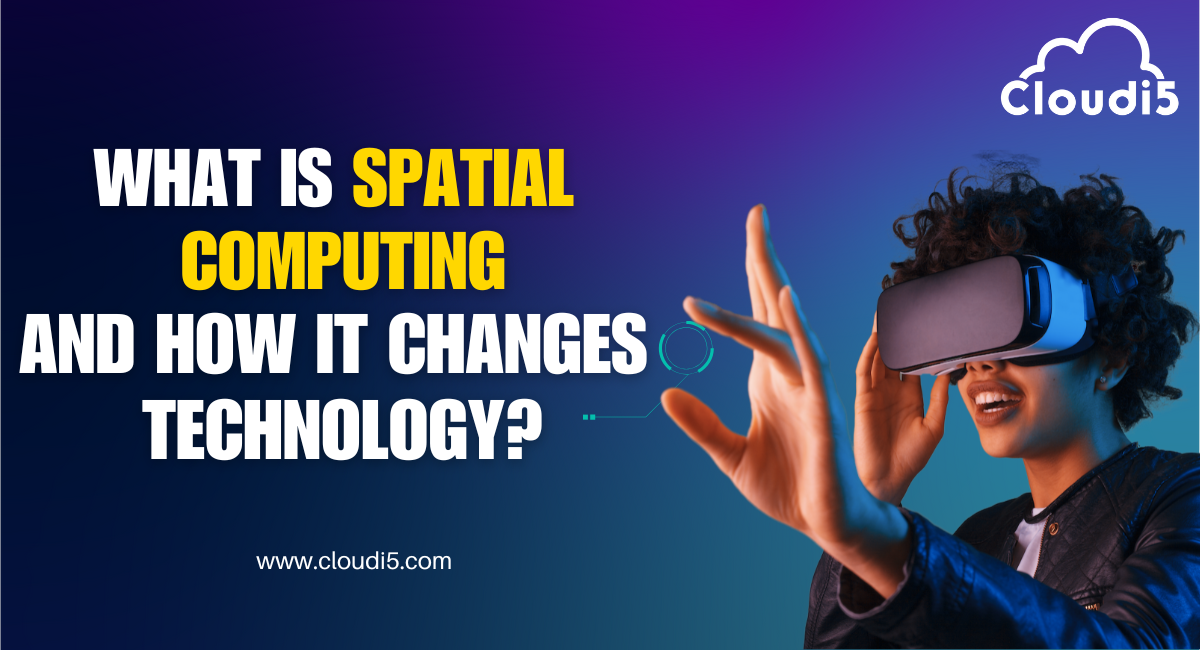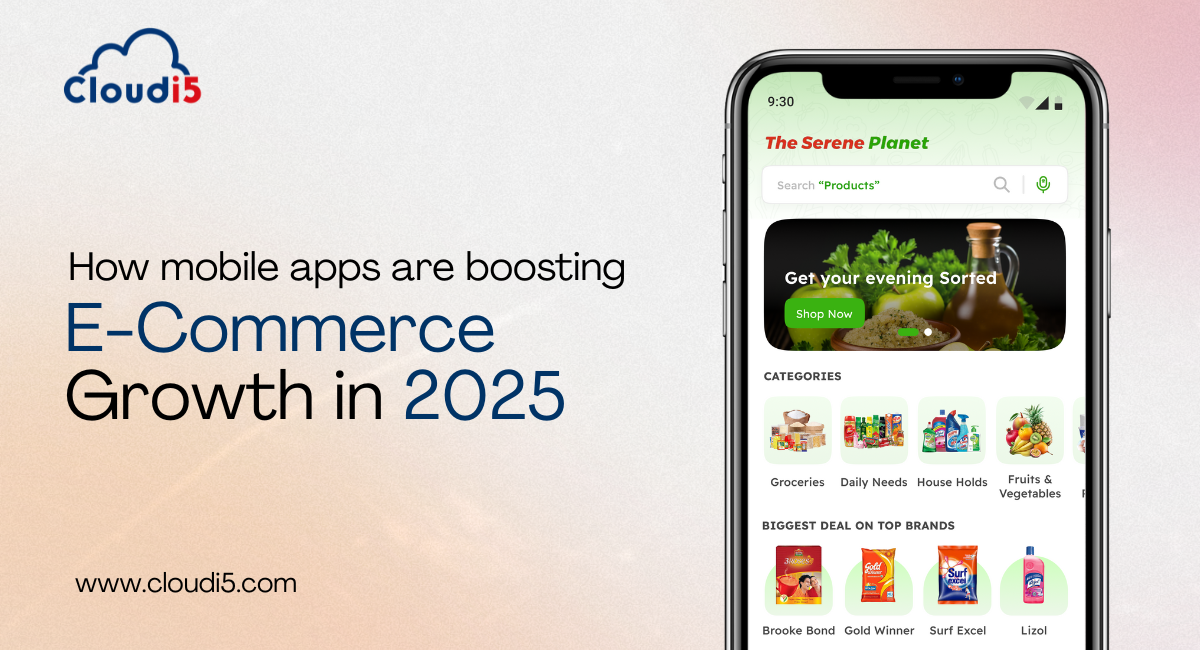
What Is Spatial Computing And How It Changes Technology
Understanding Spatial Computing
Spatial computing is changing the way people interact with the digital world by blending physical and virtual spaces. It uses computer vision and IoT devices to process real-world data, allowing digital objects to exist and respond in physical environments. Technologies like augmented reality and 3D mapping help create interactive experiences, making tasks more efficient and immersive. From camera sensors in smartphones to advanced headsets like Vision Pro, spatial computing is improving industries such as healthcare, education, and manufacturing. As more businesses adopt this technology, its impact on daily life will continue to grow.
How Spatial Computing Works with IoT and 3D Technology
Spatial computing uses IoT devices to bridge the gap between the physical and digital worlds. These devices, such as camera sensors, collect real-time data, which is processed to trigger actions like adjusting home systems or monitoring production lines. By connecting various devices, IoT enables smarter environments, making processes more efficient and automated.
In parallel, 3D technology plays a crucial role in shaping immersive experiences. By creating digital twin models, it allows businesses to visualize and analyze physical environments in a virtual space. This technology enhances understanding by providing detailed, interactive models. When combined with connected devices, 3D technology offers deeper insights, improving decision-making and optimizing workflows.
The Role of Augmented Reality and Virtual Reality in Spatial Computing
Augmented Reality (AR) and Virtual Reality (VR) have become key components of spatial computing, enhancing how users interact with their environment. AR blends the physical world with digital content, allowing users to experience real-time overlays of information. With the use of camera sensors, AR can help guide users through tasks such as home repairs or product selections in retail stores. This integration of the real and virtual worlds creates a more engaging and informative experience for users.
On the other side, VR creates entirely digital environments where users can fully immerse themselves. Using devices like Vision Pro, VR can transport users to simulations for training, education, or entertainment. Both AR and VR work together within spatial computing to provide interactive experiences that go beyond traditional screen-based interactions. As these technologies evolve, they are shaping new possibilities in sectors such as healthcare, design, and gaming.
Uses of Spatial Computing in Everyday Life
- Construction and Architecture: Virtual walkthroughs allow architects and builders to visualize projects in real time, identifying issues early in the design phase.
- Retail and Shopping: Customers can try on clothes or visualize furniture in their homes through augmented reality, helping them make better purchasing decisions.
- Tourism: Virtual tours allow tourists to preview destinations before booking a trip, thus creating an immersive experience.
- Public Services: Emergency responders use spatial computing to access real-time data and maps for better decision-making during crises.
These everyday uses highlight how spatial computing enhances our daily experiences by providing greater convenience, smarter decision-making, and immersive interactions.
Future of Spatial Computing: From Digital Twin to Vision Pro
The future of spatial computing is evolving rapidly, driven by innovations like Digital Twin and Vision Pro. Here's how these technologies will shape the coming years:
Digital Twin technology will:
- Allow businesses to monitor physical systems virtually in real time.
- Improve operations by simulating and testing changes before implementation, reducing costs and risks.
- Lead to more sustainable practices, especially in manufacturing and energy management, by optimizing resources and minimizing waste.
- Provide better insights for predictive analytics, helping companies anticipate issues and make informed decisions.
Vision Pro will:
- Enhance an immersive user experience, merging augmented reality with the real world.
- Allow for hands-free interaction, making tasks in areas like design, healthcare, and remote collaboration more efficient and engaging.
- Transform industries such as entertainment, where users will engage in interactive experiences, or education, where students can explore virtual environments for better learning.
Conclusion
As spatial computing technologies advance, the integration of these innovations will create smarter environments, more personalized interactions, and streamlined workflows, impacting both everyday life and business operations across various sectors.
For the latest updates on technologies and how these can benefit your business, you can visit Cloudi5 Technologies.
If you found this article interesting, feel free to share it with others who might find it beneficial. You are always welcome with your thoughts and feedback.
Trusted By












Leave Comments